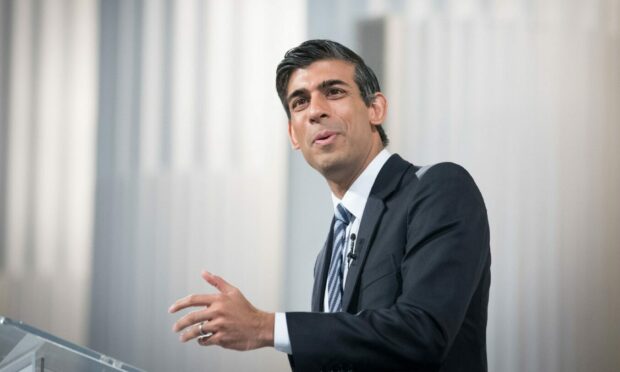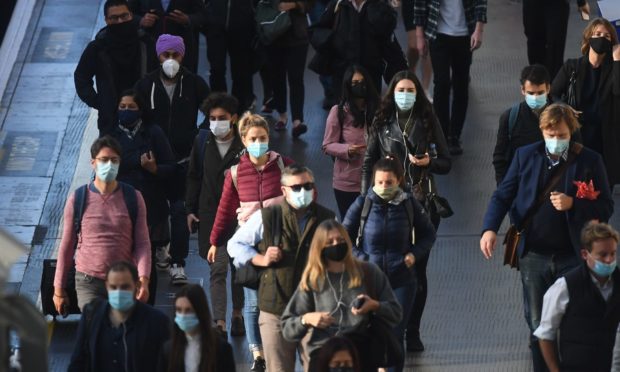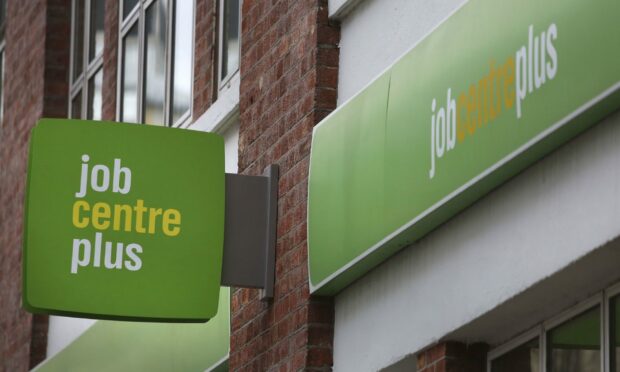The furlough scheme has been declared a success, but it ending could mean “hundreds of thousands” of workers losing their jobs.
That is the view of one senior economist, who warned unemployment figures could rise further as the government job retention scheme ended yesterday.
The scheme, better known as furlough, was introduced more than 18 months ago at the onset of the pandemic.
Figures show there was more than a million people still using the furlough scheme.
Some said they enjoyed furlough, while others described it as a “nightmare.”
It paid out more than £70 billion to cover wages over the past year and a half.
Some business leaders in Tayside and Fife believe the scheme should have ended long ago.
Others are concerned now is not the right time to end furlough.
Furlough meant firms could get up to 80% of staff wages to help them stay afloat during the pandemic.
What was the furlough scheme?
It was introduced by chancellor Rishi Sunak and was initially meant to run for a three-month period last year.
However, Mr Sunak has extended the scheme, albeit with the levels of government support reduced.
It had been due to end in October 2020, only for the government to make a last-minute U-turn and extend the scheme.
Initially the government contributed 80% of pay, up to a cap of £2,500 a month, for hours not worked by furloughed staff.
This then fell to 70%, up to £2,187.50, from July 1.
At that time, nearly 600,000 people came off furlough.
The support from the government then dropped again on August 1 to its current level of 60% contribution for hours not working, capped at £1,875.
Employers pay out the remaining 20% of furloughed income, plus pension and National Insurance contributions, again capped at £2,500.
The changes mean workers can still get 80% of their pay while on furlough – it’s just the amount contributed by the government that has been reduced.
Employers were able to ‘top up’ wages to 100% but there was no requirement for them to do so.
Will furlough return?
There have been extensions to the scheme so far – five in total – but it wound down yesterday.
When it was introduced, more than eight million people were on the furlough scheme as businesses were forced to shut down.
By August 2020 that number had halved, with many sectors reopening and people able to go back to work.
Many of those who weren’t able to return to the workplace had by that time started working remotely.
Another lockdown early this year saw the number of people on furlough rise again, to nearly 5m.
But there has been a steady drop since.
The most recent figures showing just over 1.5m people using the job retention scheme in July.
Did the furlough scheme help?
A think tank has declared the scheme a resounding success, despite the vast sums of money involved.
In a paper analysing the effect of the job retention scheme (JRS), Resolution Foundation said: “Without the JRS, unemployment would have risen very sharply whenever significant economic restrictions were imposed.
“As it was, the scheme’s continued existence throughout the crisis prevented catastrophic increases in unemployment.
“This was the worst recession for 300 years and yet the unemployment rate peaked at just 5.2%, the smallest rise in any recession in living memory.”
The group said it had also helped the wider economy, acting as a stabiliser and protecting household incomes.
That was despite GDP falling by 10% in 2020.
A study by the group said the benefits of furlough “clearly outweigh” the costs involved.
What happens now furlough has ended?
For the people still on furlough, the end of the scheme will mean one of three things.
Employers can either: bring employees back to work on their agreed terms and conditions; agree with employees any changes their employment.
Companies may also let staff go.
There are 1.6m unemployed people in the UK, many having lost jobs as a result of the pandemic.
Dan Tomlinson, senior economist at Resolution Foundation, warned more job losses are to come with the scheme now at an end.
He said there would be “hundreds of thousands more workers” looking for work.
“Britain is set for a bumpy autumn.
“The end of furlough coincides with rising energy bills and the £20 a week cut to Universal Credit,” he said.



